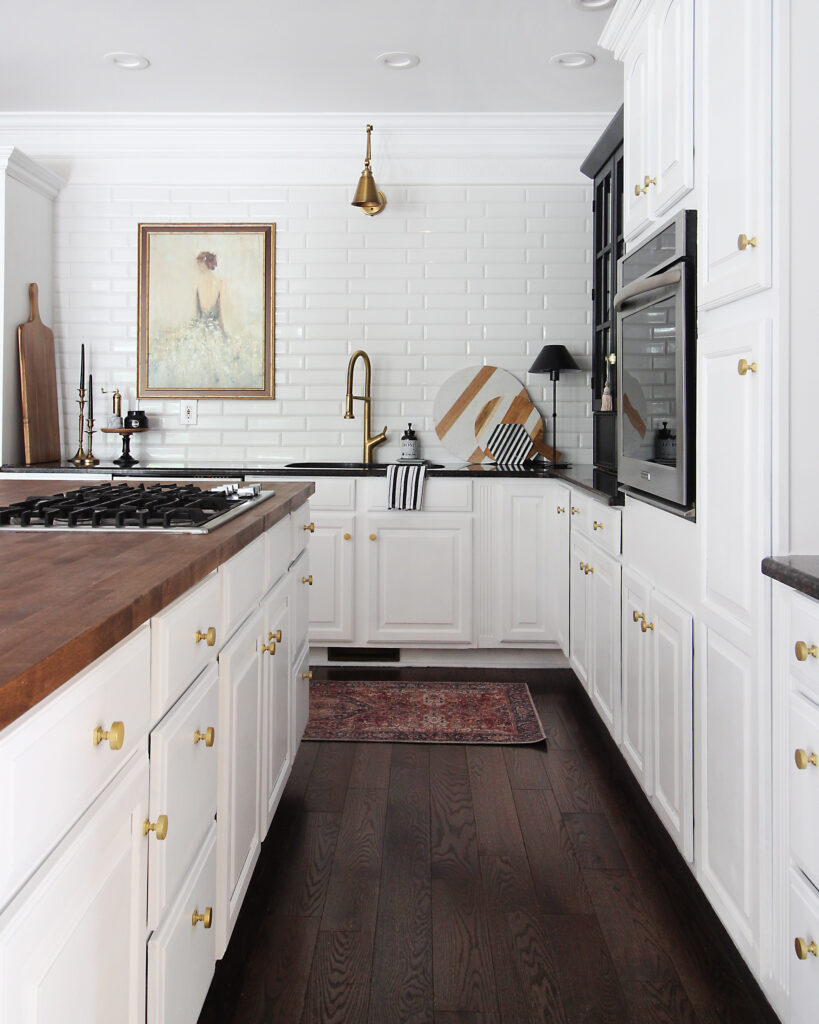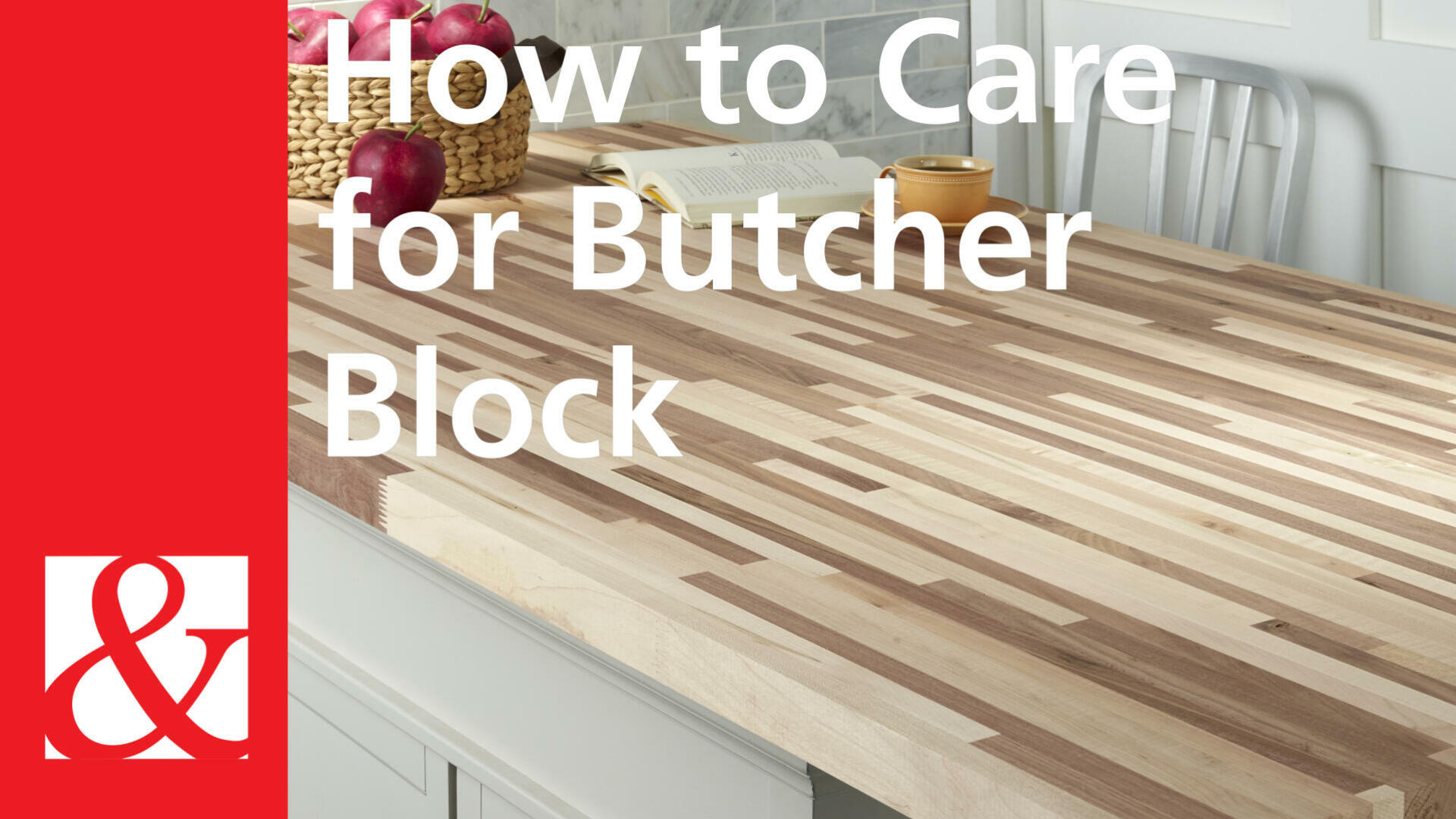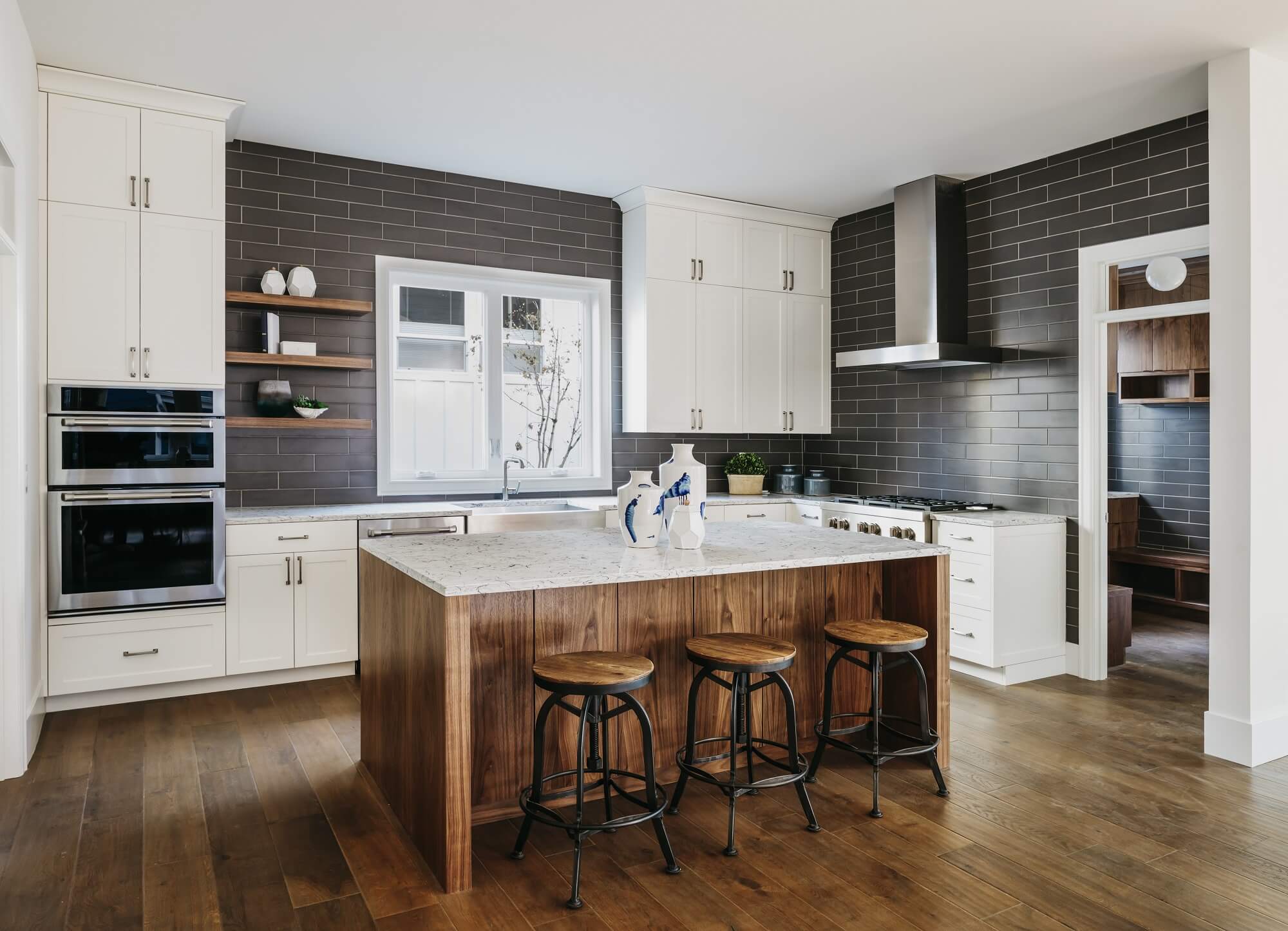Welcome to the ultimate guide on Floor and Decor butcher block! If you’re considering a butcher block countertop, you’ve come to the right place. I’ve gathered firsthand experience and extensive research to help you understand all the ins and outs of butcher blocks, specifically those offered by Floor and Decor.
What is Butcher Block?
Butcher block is a popular choice for kitchen countertops, known for its durability, versatility, and aesthetic appeal. Made from hardwood strips bonded together, butcher blocks offer a unique charm and warmth to your kitchen space.
Many homeowners, including myself, choose butcher blocks because they serve both functionality and style. They can withstand the daily rigors of cooking while providing a beautiful workspace. In this guide, we will explore the different aspects of Floor and Decor butcher block countertops that can enhance your home.
Benefits of Using Butcher Block Countertops
1. Aesthetic Appeal
Butcher blocks exude a rustic and classic charm that can complement any kitchen design. Whether you prefer a modern kitchen or a traditional farmhouse style, a butcher block countertop can seamlessly fit in and enhance the overall look.
2. Durability and Longevity
Despite their wooden nature, butcher blocks are surprisingly durable. With proper care, they can last for decades, making them a cost-effective investment for your kitchen. I’ve had my butcher block for over five years, and it still looks as good as new!
3. Versatility
Butcher blocks can be used not only as kitchen countertops but also as cutting boards, islands, and even dining tables. Their versatility makes them a functional addition to any home.
4. Eco-Friendly Option
Choosing sustainable woods for your butcher block is an eco-conscious decision. Floor and Decor sources responsibly harvested wood, allowing you to feel good about your purchase.

5. Easy Maintenance
With simple maintenance routines, such as oiling and cleaning, your butcher block can remain in excellent condition. The natural properties of wood also help to resist bacteria, making them a hygienic choice.
Types of Butcher Block Available at Floor and Decor
Floor and Decor offers a variety of butcher block styles, each with its unique characteristics. In this section, we’ll delve into the different types of butcher blocks available:
1. Hard Maple
Hard maple is known for its light color and fine grain. It’s highly durable and resistant to scratches and dents.
2. Walnut
Walnut butcher blocks provide a rich, dark finish that adds sophistication. It’s slightly softer but offers a stunning aesthetic that many love.
3. Birch
Birch is a budget-friendly option that still looks great. It has a light color and a smooth finish, making it a great choice for modern kitchens.

4. Bamboo
Bamboo butcher blocks are becoming increasingly popular due to their eco-friendliness and hardness. They are lightweight and easy to maintain.
5. Teak
Teak is known for its rich color and natural oils, making it water-resistant and perfect for kitchen use. It also holds up well to heat.

How to Choose the Right Butcher Block for Your Kitchen
Choosing the right butcher block involves several considerations. Here are some tips to guide your decision:
1. Consider Your Cooking Habits
If you frequently cook or prepare raw meat, opt for a durable wood like hard maple or teak. If you rarely use cutting boards, a softer wood may suffice.

2. Think About Aesthetics
Choose a wood type and finish that matches your kitchen’s decor. Warm tones like walnut or cool tones like birch can dramatically alter the room’s vibe.
3. Size and Installation
Measure your available space accurately to determine the size of the butcher block you need. Consider whether you will be installing it yourself or hiring a professional.

Maintenance and Care for Your Butcher Block
Proper care ensures your butcher block remains beautiful and functional. Here are some maintenance tips:
1. Regular Oiling
Apply food-safe mineral oil every 3-4 weeks to keep the wood hydrated. This prevents cracking and warping.

2. Cleaning
Use a damp cloth with mild soap to clean your butcher block. Avoid soaking it in water, as excessive moisture can damage the wood.
3. Avoid Harsh Chemicals
Stay away from bleach and other strong chemicals that can strip the wood. Stick to gentle cleaning agents for best results.
Maintenance Table
| Task | Frequency | Notes |
|---|---|---|
| Oil Application | Every 3-4 weeks | Use food-safe mineral oil |
| Cleaning | After each use | Use a damp cloth and mild soap |
| Deep Cleaning | Monthly | Use a vinegar-water solution; rinse afterward |
Pros and Cons of Butcher Block Countertops
Pros
- Beautiful and warm appearance
- Durable under normal use
- Natural antibacterial properties
- Eco-friendly options available
- Can be sanded and refinished
Cons
- Requires regular maintenance
- Can be damaged by excessive moisture
- Softwood options may dent more easily
- Can be susceptible to scratches
- Higher initial cost compared to laminate
Cost of Floor and Decor Butcher Block
The cost of butcher block countertops can vary based on the type of wood, size, and finish. Here’s a general idea of what you can expect:
| Wood Type | Cost per Square Foot |
|---|---|
| Hard Maple | $30 – $50 |
| Walnut | $50 – $100 |
| Birch | $25 – $40 |
| Bamboo | $30 – $60 |
| Teak | $50 – $90 |
Keep in mind that additional costs may arise from installation, customization, and finishing, so it’s advisable to budget accordingly.
Where to Buy Floor and Decor Butcher Block
Floor and Decor offers a wide selection of butcher blocks both online and in their retail locations. Here’s how to find the perfect butcher block:
1. Visit Local Store
Visiting a local Floor and Decor store allows you to see the butcher block in person, helping you make a more informed choice.
2. Shop Online
If you prefer shopping from the comfort of your home, check Floor and Decor’s official website for a comprehensive catalog of available butcher blocks.
3. Consult Experts
Floor and Decor staff are often knowledgeable and can help you find the best butcher block that fits your needs and budget.
FAQs About Floor and Decor Butcher Block
1. How do I maintain my butcher block countertop?
Regular oiling, cleaning with mild soap, and avoiding harsh chemicals are key to maintaining your butcher block.
2. Can butcher block be used as a cutting board?
Absolutely! Butcher blocks are designed for food preparation and can be used as cutting surfaces.
3. Are butcher blocks resistant to bacteria?
Yes, the natural properties of wood help resist bacteria, especially when properly maintained.
4. How often should I oil my butcher block?
It’s recommended to oil your butcher block every 3-4 weeks or as needed based on usage.
5. Is butcher block worth the investment?
Butcher blocks are durable, versatile, and can add significant value and beauty to your kitchen, making them a worthwhile investment.